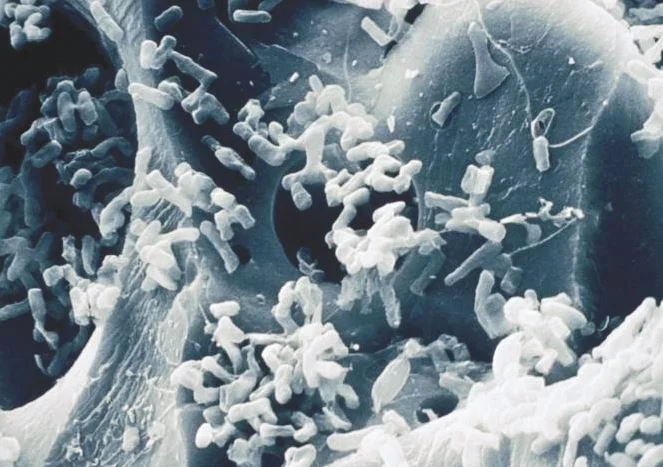Alberta Grade Nine Science Unit C: Environmental Chemistry (Social and Environmental Emphasis) 1: Investigate and describe, in general terms, the role of different substances in the environment in supporting or harming humans and other living things
Operation Water Biology Kit Materials List
Operation Water Biology Introduction
Operation Water Biology Test Procedures
These are the directions for performing the tests that you will refer to each time you need to determine the total chlorine, free chlorine or ammonia concentration of a water sample.It is important to follow these testing instructions very closely. Extra test strips are not provided so you will need to make each one count.
Ammonia in Water Problem-Based Learning Set
You are a water treatment plant operator for your city’s local water treatment plant. Your job is to watch the water’s chemical composition for any chemicals that could be dangerous to your city’s inhabitants. This means that you conduct multiple types of tests on the water on a regular basis in order to collect the data you need.
Water Purification Problem-Based Learning Set
Operation Water Biology Glossary
All Operation Water Biology Handouts in One PDF Document
Lesson One: Chlorination and Dechlorination
The students will gain a basic understanding of the role of water treatment facilities. Students will learn about the importance of eliminating biological activity in drinking water. Students will learn about chlorination as a means of disinfecting water. Students will learn about the concept of dechlorinating water and one of the ways this can be done.
Chlorination and Dechlorination Presentation
Our Local Water Treatment Plant Presentation
Lesson Two: Chlorination and Chlorine Demand
Students will expand their understanding of chlorine demand by participating in an experiment. Students will learn about the Guidelines for Canadian Drinking Water Quality guideline for total chlorine. Students will learn how to perform calculations involving concentration, volume and dilution factors.
Chlorination and Chlorine Demand Presentation
Chlorine gets used up when disinfecting water
The total amount of chlorine that must be added to the water to disinfect it is its chlorine demand.
Would good water have a high or a low chlorine demand?
The United States Environmental Protection Agency’s maximum residual disinfectant level goal for chlorine is 4 ppm.
Lesson Three: Ammonia and Chloramine
Students will learn about the sources of ammonia in ground water, the consequences of high ammonia concentrations in water supplies, and the manner in which these problems are usually dealt with. Students will learn about biological filtering as a way to use bacteria to remove ammonia from water. Students will learn about the chemical reaction between chlorine and ammonia which results in the creation of chloramine and will learn about chloramine. Students will be able to demonstrate calculations involving concentrations, volumes and dilution factors.
Ammonia and Chloramine Reading Assignment
Lesson Four: Ammonia and Chloramine Experiment
Students will learn more about chemical reactions involved in the water treatment process by participating in an experiment examining these reactions. Students will collect and analyze experimental data on chemical reactions. Students will be able to demonstrate calculations involving concentrations, volumes and dilution factors.
Lesson Five: Consequences of Inadequate Drinking Water Treatment
Students will expand their knowledge of the problems caused by ammonia in drinking water sources. Students will investigate the quality of their local water and that of a number of samples from the surrounding area. Students will act to help any communities which are found to have improperly disinfected drinking water.
Consequences of Inadequate Drinking Water Treatment Presentation
Lesson Six: Removing Iron from Drinking Water
The students will learn about the problems associated with iron in drinking water. Students will learn about the chemical states of iron. Students will learn about removing iron from water using biological treatment processes. Students will gain an appreciation for the use of natural processes to perform tasks that would otherwise require chemicals.




















